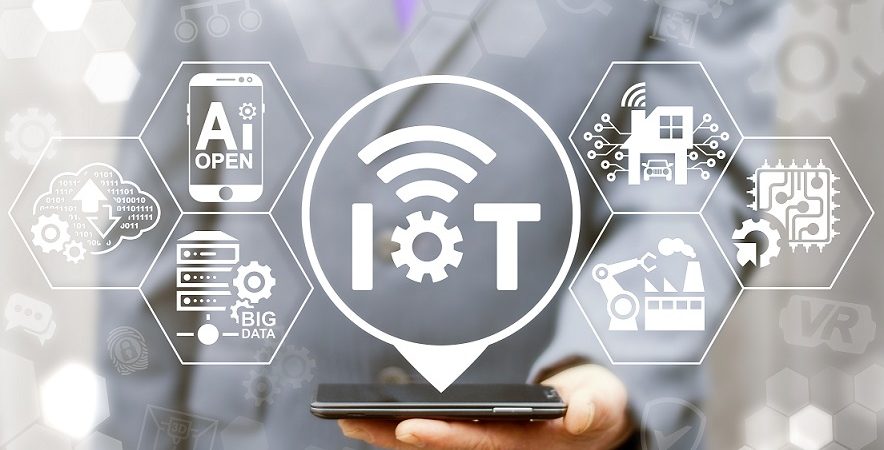Alan Keler Baldo, Executive Technology Manager at green4T, tells us about the eight mistakes a company should avoid in projects involving IoT.

The Internet of Things (IoT) has received extra attention from the media with the beginning of 5G in Brazil and generated a new interest in the corporate environment. A study by the International Data Corporation (IDC) consultancy shows that investments by Brazilian companies in IoT grew by 17.6% in 2022, compared to 2021, reaching US$ 1.6 billion.
The research points out that this movement includes startup companies and those with ongoing projects. For those joining now, having the opportunity to learn from pioneering experiences is very important to avoid wasting resources and taking advantage of the full potential of technology.
It is worth remembering that not all the market is at the same level of development concerning IoT. According to Gartner’s Hype curve, created to measure the degree of maturity of new technologies, between 2012 and 2015, technology reached the peak of expectations with a period of great focus, mainly on products aimed at the final consumer.
It was only from 2018 onwards that B2B industries and businesses started to develop IoT use cases, in activities such as monitoring industrial equipment, energy production and micro-mobility in bicycles and other similar rental vehicles, for example.
Therefore, what is known about it to date is the result of case studies during this time in different sectors.
Given this, I list the eight mistakes that a company should avoid making regarding IoT projects:
What motivates the choice for IoT and what is it for?
Do not choose a technology just because it is on trend without a reasonable reason and a strategy that justifies the investment. You need to know what problem you want to solve and then identify what value will be obtained for the company and customers. With this, it is possible to calculate whether the cost is worth it.
Lack of technical experience
One of the main mistakes companies make when implementing IoT projects is to underestimate the complexity involved in the process. IoT projects require a wide range of diverse technical knowledge and leadership capable of aligning and co-ordinating the efforts of the teams involved, ensuring that everyone is on the same page, meeting deadlines and following pre-established standards.
Among the issues to consider are online security, device design, the role of each device in the system, energy use, connectivity protocols, the digital interface and the integration of each of the parts into the work as a whole. A failure in one of the components of this complex system can compromise the entire result.
The limited point of view of systemic effects
It is common to think that an IoT project is limited to the areas related to IT, product development and engineering. But that happens because successful IoT projects can transform the structure and business model of a company.
For example, when selling a connectivity service linked to a product, the company must ensure that its logistics teams are ready to monitor and maintain the IoT infrastructure, replacing parts or equipment before the service is interrupted. Likewise, the customer service area needs to know how to respond to potential new customer inquiries.
Solution 10, reliability 0
Once up and running, IoT solutions can cause considerable financial losses if they fail. Therefore, they must also be reliable. That is why the model is seen cautiously in the market despite advantages such as simplified configuration and constant software updates.
It is always cheaper to maintain than to rebuild a reputation. Sometimes it pays to invest in IT infrastructure to ensure system quality and reliability.
Background security
The best, if security is not a priority in the project, is to start over from scratch to ensure the reliability of the service and the adoption of protective measures that limit the possible damage in case of a hacker invasion.
The list of best cybersecurity practices is well known, but it is an issue that requires constant attention, as there are always new emerging technologies and scams on the market.
Limited scale view
What matters in IoT projects is the data captured by the system and what companies do with it. Therefore, it is critical to have the ability to predict the evolution of the collected volumes and prepare the system properly to receive, store and process them over months or years.
One of the most common problems in IoT projects is the little attention paid to this issue.
Simple cost analysis
IoT project budgets have several peculiarities that should not be neglected. Hardware is one of the elements with the most potential for variation and saving money on each device is not always worth it.
What facilitates the entire process is investing in in-depth research of the available equipment options, planning efforts at each stage and good interaction design, capable of identifying unnecessary characteristics for better usability of the systems.
Unrealistic deadlines
There are common cases in which, due to lack of experience, companies estimate too long or too short deadlines for implementing IoT projects. In the second case, the estimate is usually based on the best possible scenario to facilitate approval.
In the meantime, the ideal for a more realistic estimate is to talk to executives from companies that have implemented similar projects or specialists who can help with the project.


